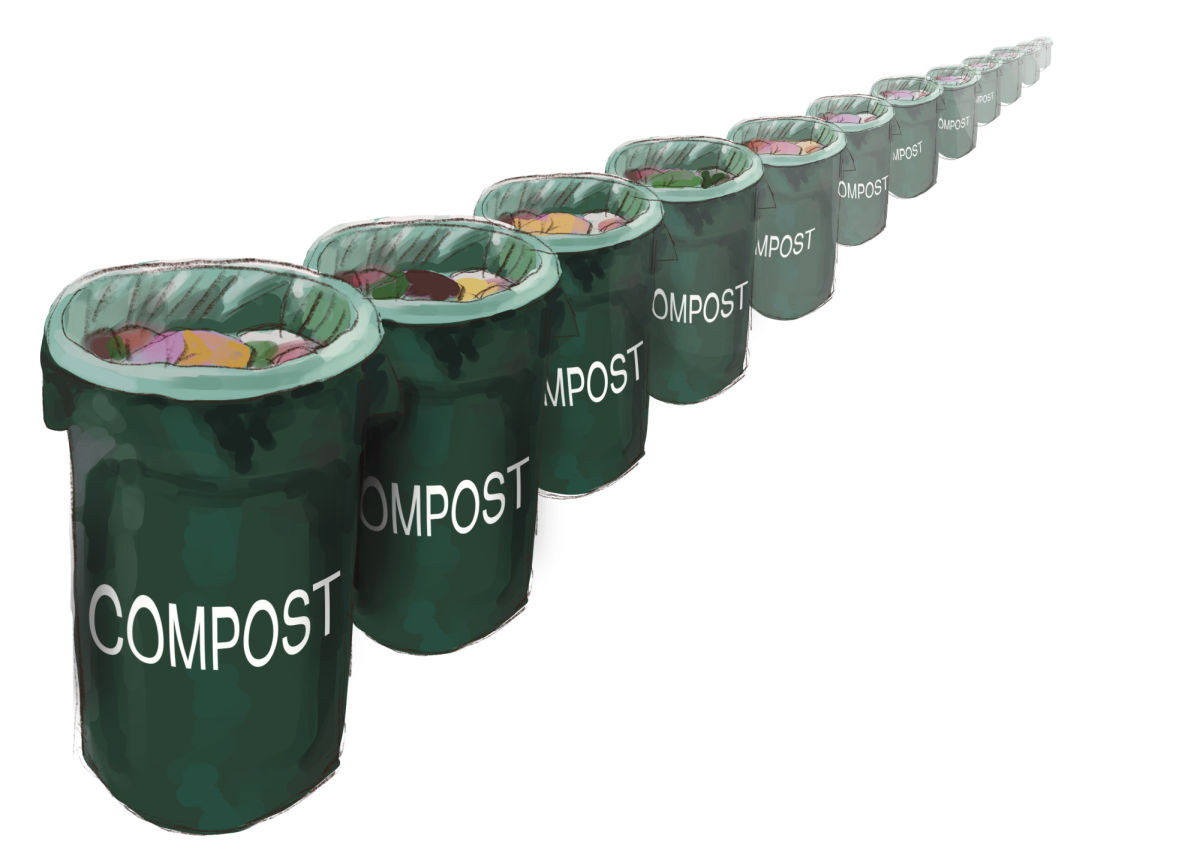SAGE has been spoiling students with multiple hot entree options, delicious desserts, and savory soups. But after seeing students deposit entire plates of food into compost bins, it’s clear that SAGE’s plentitude may have unintended consequences. And no matter how hungry Lakesiders are, there always remains a surplus of food that remains unserved. So what happens to the leftover food, and what can we do about it?
Leftovers make up 5–8% of prepared food
SAGE prepares close to 1000 pounds of food in both the middle and upper school in one day, and after ravenous students’ reign of the cafeteria, typically only 5–8% of it remains. SAGE is careful to ensure the least amount of waste while following food safety standards. “Anything that’s out there on the pasta bars or the sandwich bars will get thrown out by the end of the day,” explains Head Chef Michael Van Rooyen. “With time and temperature, you can only have food out for so long.” Meanwhile, some of the meat and vegetables are reused in the next day’s soup, and the desserts are normally left out in the afternoon to fulfill Lakeside’s everlasting sugar cravings. Much of the leftover lunch is eaten by the SAGE staff themselves, with the remaining amount composted. “At heart, I just want to feed people and make them happy,” finishes Chef Van Rooyen.
What can you do to help?
Due to SAGE’s upfront cost that’s set for all students, along with their wide array of food, many students choose to take a little bit of everything as they won’t have to pay for the extra food they take. As great as this is for student selection, it can also leave students with more food than they would normally take and a lot of food waste. To ensure less food waste on the students side, limit the amount of excess food taken each day.



